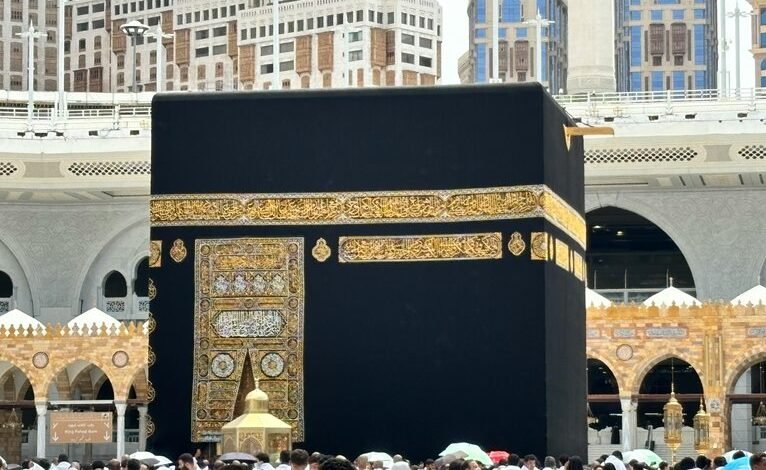Mosques in Saudi Arabia : The Most Famous Mosques in Saudi Arabia

Saudi Arabia's mosques stand as monumental testaments to the nation's religious and cultural identity. Each mosque, from the revered Masjid Al-Haram to the historically rich Al-Masjid An-Nabawi, serves a unique purpose within the Islamic community. Their architectural styles reflect diverse influences and historical contexts. As one explores these sacred spaces, the intricate stories behind their significance unfold, inviting deeper reflection on their role in shaping the spiritual landscape of Islam.
Masjid Al-Haram: the Heart of Islamic Pilgrimage
Masjid Al-Haram, often referred to as the Grand Mosque, stands as the epicenter of Islamic devotion and pilgrimage.
This sacred architecture houses the Kaaba, a focal point for millions undertaking Hajj rituals annually.
The mosque's vast expanse and intricate design symbolize unity and faith, inviting pilgrims from diverse backgrounds to engage in profound spiritual reflection and communal devotion, reinforcing the essence of their belief.
Al-Masjid An-Nabawi: the Prophet's Sanctuary
Located in the city of Medina, Al-Masjid An-Nabawi serves as a significant spiritual and historical site for Muslims worldwide.
Revered as the Prophet's Mosque, it symbolizes the Medina significance in Islamic history.
This sanctuary not only houses the Prophet Muhammad's tomb but also fosters a profound sense of unity and devotion among millions, illustrating its enduring importance in the Muslim faith.
Masjid Al-Qiblatain: the Mosque of Two Qiblahs
Renowned for its unique historical significance, Masjid Al-Qiblatain, or the Mosque of Two Qiblahs, stands as a testament to the early days of Islam in Medina.
Its architectural features reflect an era of transition, marked by the change in the Qiblah direction from Jerusalem to Mecca.
This mosque not only embodies spiritual evolution but also showcases the rich heritage of Islamic architecture during its formative years.
King Abdulaziz Mosque: A Modern Architectural Marvel
King Abdulaziz Mosque exemplifies the fusion of contemporary design with traditional Islamic values, representing a significant milestone in Saudi Arabia's architectural landscape.
This modern design not only enhances the aesthetic appeal but also reflects the cultural significance of the region.
Its innovative structure serves as a beacon of progress, embodying a harmonious blend of spirituality and modernity, inviting contemplation and appreciation from all who visit.
Conclusion
In exploring the iconic mosques of Saudi Arabia, one cannot help but ponder: what do these sacred spaces reveal about the evolving identity of Islam? Each mosque, from the revered Masjid Al-Haram to the modernity of King Abdulaziz Mosque, encapsulates a narrative of faith, history, and community. Their architectural splendor and spiritual significance not only attract pilgrims but also serve as a testament to the enduring legacy of Islamic culture and the unity it fosters among millions worldwide.





